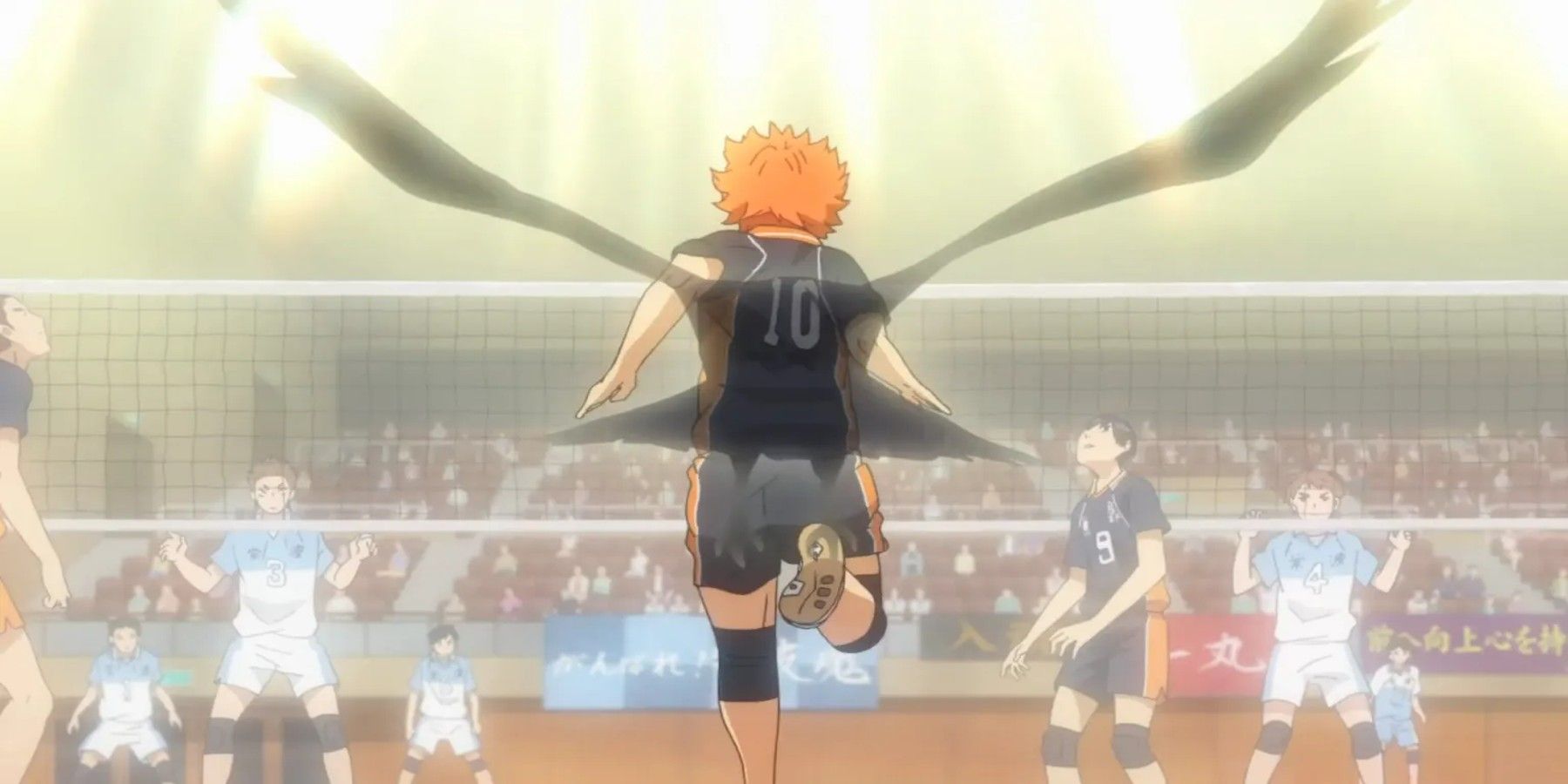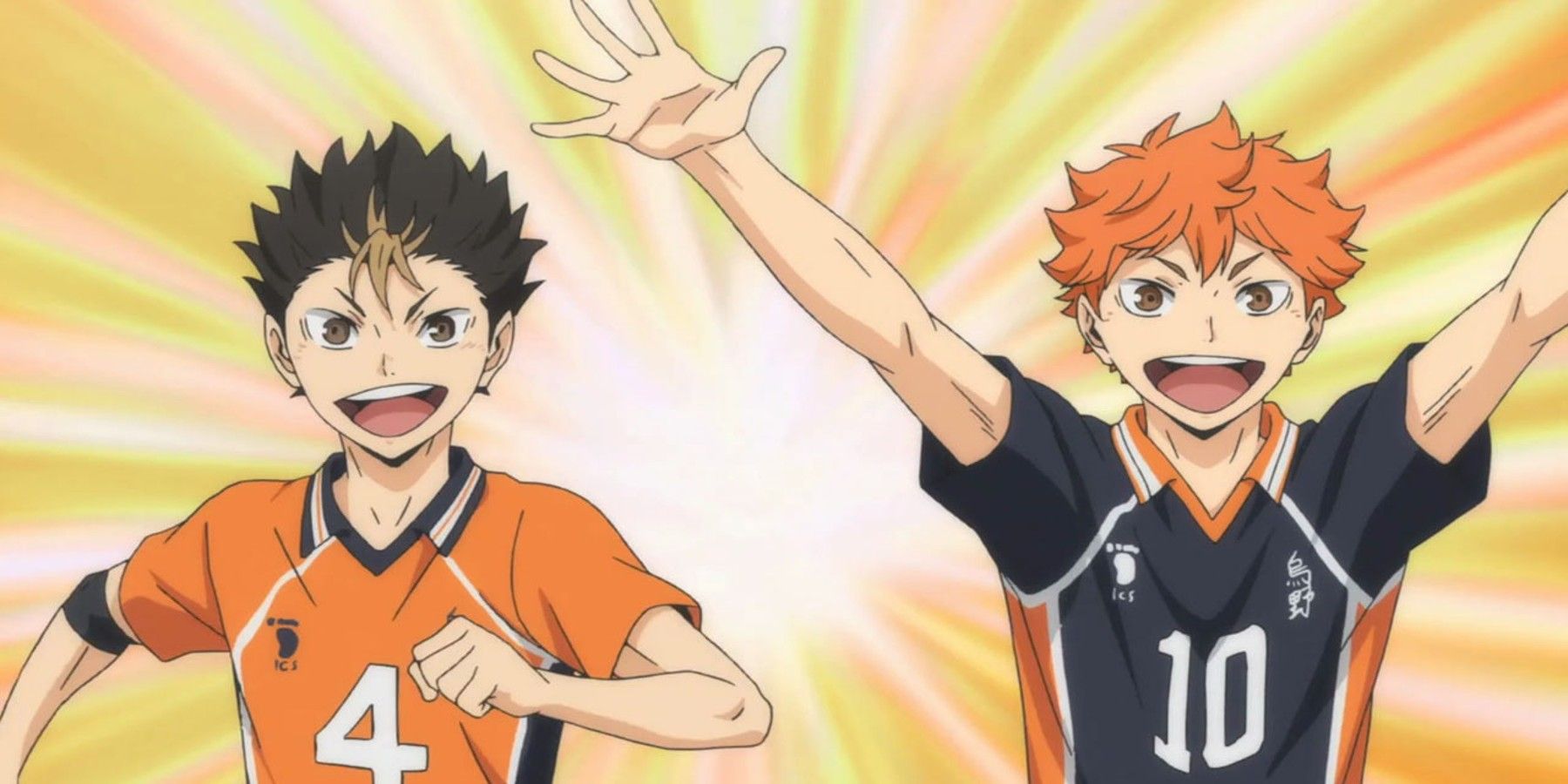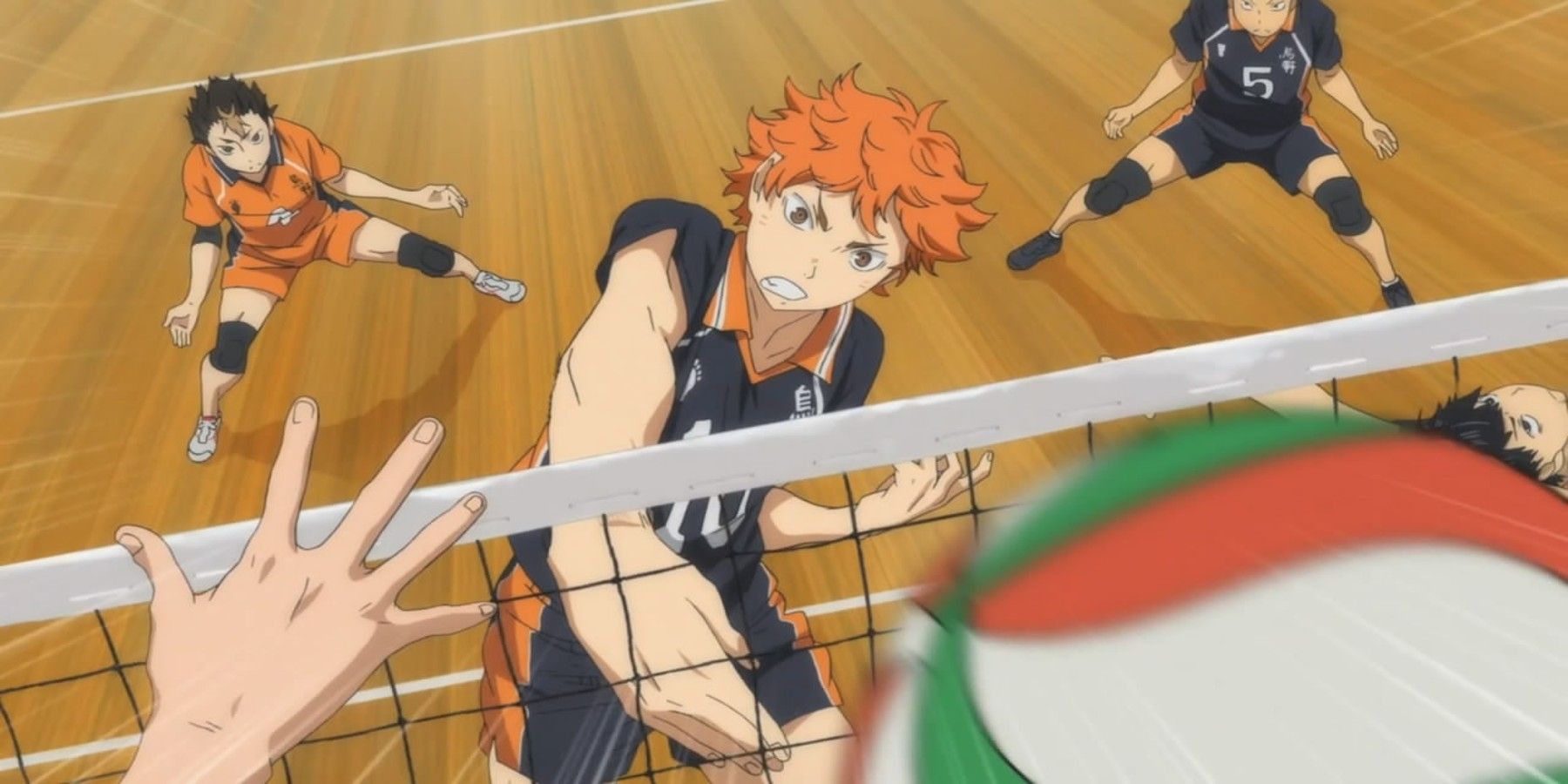Whether in the real world or in the anime world, height can make or break an athlete. Haikyuu's Hinata Shoyo faces this very challenge, as volleyball is one of the sports where height means everything. From blocking to spiking to serving, how high a player jumps during one of these actions presents a clear advantage as it opens up opportunities to score a point in the match.
Haikyuu!! is one of, if not the most, popular sports anime series for the current generation of anime watchers. In collaboration with the original manga artist, Taku Kishimoto, and Japanese production company, Production I.G, the series boasts a seven-year runtime releasing a total of four seasons. As for the plot, the series follows the journey of Shoyo Hinata, an incoming freshman at Karasuno High. Along with his rival, and soon-to-be ally, Tobio Kageyama, Hinata turns from a diamond-in-the-rough into a fearsome opponent to all who know him, despite his short stature.
What is Hinata's Height?
According to the anime, Hinata is on average 5'4" and the second-shortest player on the Karasuno High volleyball team. The shortest member of the team, for reference, is Yu Nishinoya, who stands at around 5'3". Although Hinata time and time again proves his superhuman-like jumping and sprinting skills, his height still weighs heavily on him.
Several times throughout the series, whether serious or not, Hinata becomes jealous of players who stand at least a foot taller than him such as Nekoma High's Lev Haiba or Date Tech's Takanobu Aone. For reference, at their first appearance in the anime, Lev Haiba's height is around 6'4", and Takanobu Aone's height is around 6'3".
What is Hinata's Position?
Much to the surprise of many members of Karasuno High's volleyball team, Hinata is positioned as a middle blocker. A middle blocker, as described by Volleyball Advice, not only has a key mantra, "Always Keep Jumping," but also four components that make a great player in this position: athletic ability, game-reading ability, communication, and alertness. Not so surprisingly, in one way or another, Hinata possesses all of these qualities.
Within the course of the four seasons, Hinata proves that the stereotype that a middle blocker has to be tall to succeed is fundamentally false. The role of the middle blocker at its core is to create momentum for the team by blocking oncoming attacks and by spiking in quick succession. This position in particular requires an insane amount of vertical jumping which is Hinata's specialty. From the get-go, Hinata is able to verbalize his call for the volleyball to his team's setter, Tobio Kageyama, and also able to have an unbreakable focus while in the game.
How High Can Hinata Jump?
According to Buddy! Magazine, Hinata's peak height that he can vertically jump is calculated to be approximately 3'6" high. This vertical jumping height is not impossible to achieve, as the basketball star, Micheal Jordan, reached a vertical jump height of 3'5" high; however, it is extremely unlikely in the real world of high school sports that Hinata could make this superhuman leap at all. To give some context, Micheal Jordan was at the peak of his game playing under the Chicago Bulls and stood at 6'6" tall during this time.
Further evidence shows that this is not only irregular due to his height but also due to his age. According to a study done by Jay Hoffman, thirteen to fourteen-year-old boys, at the 80th to 90th percentile, could only jump around 1'6" to 1'75" high. These figures pale in comparison to the record-breaking 3'5" vertical jump done by Micheal Jordan. Height, however, is not the only factor in vertical jumping.
Why Can Hinata Jump So High?
Quite interestingly, Hinata's superhuman-like vertical jumping is a combination of many components. His weight, exercise, running speed, and muscle type, all directly impact how he can pull off those spectacular jumps in a row. To start off with, Hinata's been unknowingly training his endurance and stamina since junior high. Karasuno's coach, Keishin Ukai, discovers that Hinata bikes daily to school through a mountain trail that takes him approximately thirty minutes.
Some of the exercises that are most notable when trying to increase vertical jumping height are pedaling on a stationary bike and doing hill sprints to increase running speed. Both of these exercises assist in building the core muscles that contribute to vertical jumping height (e.g. calves, quadriceps, and hamstrings). Just by biking to school every morning, Hinata has automatically built in this training from the start of his volleyball career. It's such an integral part of his day that he doesn't even realize how much it's helped his skills as a volleyball player.
While training in any sport is fundamental, an athlete's natural muscle type also affects his ability to vertically jump. Although there's no indication within Haikyuu!! or the ability to give Hinata a 23andMe DNA test, the audience can make an educated guess that Hinata has more fast-twitch fiber muscles than slow-twitch fiber muscles.
Fast twitch muscles help with sudden bursts of energy involved in activities like sprinting and jumping, while slow twitch muscles help with endurance and long-term activities like running or bicycling.
Combining his daily bike riding through the mountains, his afterschool volleyball practices, and his natural muscle type, it's highly realistic that even without the extra foot or two he can go head-to-head with opponents whose height is much greater than his own. Not only can he reach the same heights, but he also can reach the same speed. According to Aaptiv Trainer Kelly Chase, height does not necessarily equal faster-running speed:
In reality, it doesn’t make as big of a difference as people think. In fact, while tall people may have longer stride length, they also generally carry more weight than shorter people, which can even out the playing field (although, this, of course, varies from individual to individual).
Other things that contribute to running speed: flexibility and strength.
Lastly, the weight of an athlete can significantly impact vertical jumping height. By nature, taller athletes tend to weigh a lot more than shorter athletes. Due to this fact, jumping may prove more arduous for a taller athlete, as his own weight is holding him down. Additionally, an athlete's body-to-fat ratio plays an essential part. And, as aforementioned, the muscles in an athlete's lower body must be trained and maintained, as those muscles form the power behind the jump itself. Hinata then has an advantage in this case, as he has relatively lean muscles with no additional fat weighing him down and trains his lower body muscles daily.
Although Haikyuu!! sets up Hinata's height to be his greatest weakness to overcome, in terms of real-world sports, it isn't that much of a weakness at all. Even as Hinata matures as a player and as a person throughout the four seasons, his height doesn't exponentially grow with him. For those anime watchers out there that are also athletes themselves, Hinata is a prime example of how height isn't the end-all-be-all for sports.
Source(s): Buddy! Magazine, Volleyball Advice, LiveStrong, HealthLine, Basketball Reference, AzCentral 1, Azcentral 2, & Aaptiv.




-8.jpg)
